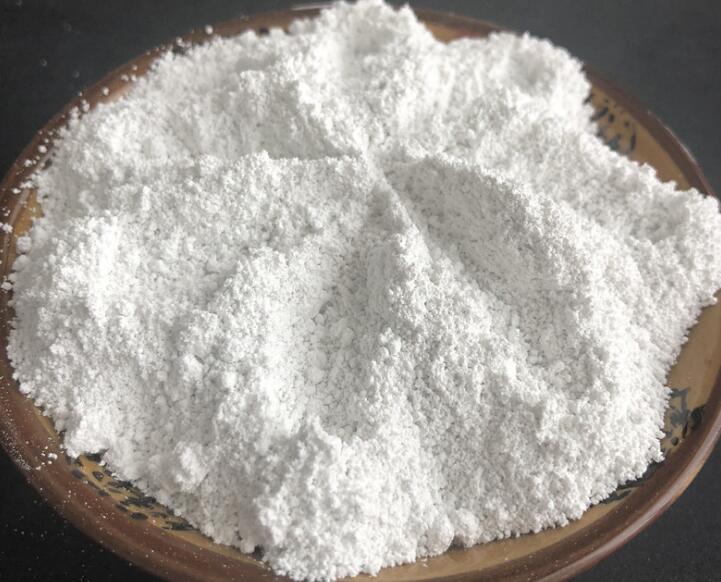Application of Magnesium Hydroxide in Aluminum Composite Panels: High-Efficiency Flame Retardancy and Environmental Benefits

Aluminum composite panels (ACPs) are widely used in construction and transportation due to their lightweight and durability. However, flammability remains a critical concern. Magnesium hydroxide (Mg(OH)₂), as an inorganic flame retardant, has emerged as a key solution for enhancing fire safety while aligning with eco-friendly standards.
1. Flame Retardancy Mechanism
Magnesium hydroxide achieves flame inhibition through:
1. Endothermic Cooling**: Decomposes at 340°C, absorbing heat and delaying combustion.
2. Steam Release**: Generated water vapor dilutes oxygen concentration, suppressing flame spread.
3. Protective Layer**: Residual magnesium oxide (MgO) forms a barrier to isolate oxygen.
2. Environmental Advantages
Compared to halogen-based retardants, Mg(OH)₂ offers:
- Halogen-Free & Non-Toxic**: Zero emission of hazardous gases, compliant with RoHS.
- Smoke Suppression**: Reduces smoke density during combustion, improving evacuation safety.
- Sustainability**: Neutralizes acidic gases and supports circular economy principles.
3. Benefits in ACP Applications
1. High-Temperature Resistance**: Withstands processing temperatures up to 340°C, ideal for ACP manufacturing.
2. Mechanical Stability**: Uniform particle size ensures compatibility with substrates, minimizing strength loss.
3. Cost Efficiency**: Priced 50% lower than conventional retardants, with adjustable filling ratios.
4. Future Prospects
Nanotechnology enables ultra-fine Mg(OH)₂ to enhance flame retardancy without compromising mechanical properties. Surface modification techniques will further expand its use in high-end ACPs.








